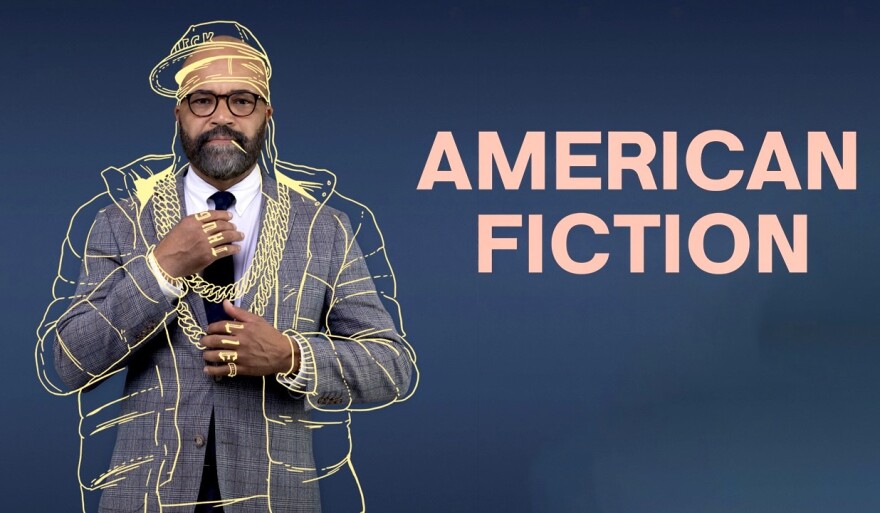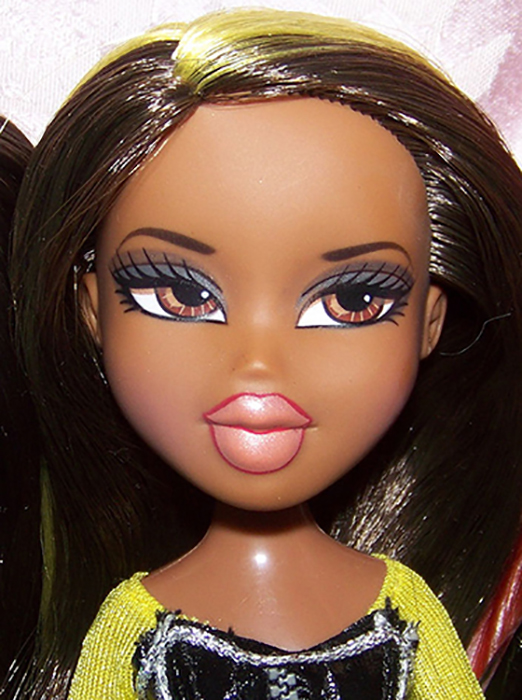Original Film Poster
The start of a new year represents new beginnings and possibilities. A new year also signifies the beginning of award season for television and film industries alike. For Black actors, writers, directors and producers, award season is not only opportunity to celebrate the work that they develop and release but to receive legitimized accolades for their work. The 96th Annual Academy Awards, scheduled for March 10th, includes seven nominations for Black actors and films. Leading this year’s nominations is the satirical comedy-drama, “American Fiction.”
Directed by Cord Jefferson, “American Fiction” is a screen adaptation of Percival Everett’s book “Erasure,” which deals with the complexities and critiques of Black literature within the American publishing industry. Although the film is a limited release and was only made available in select theaters, its popularity and overall impact on the media industry cannot be ignored. “American Fiction’s” critical acclaim also made me wonder about the different ways the film both embraces and challenges the Black stereotypes in the media.
American Fiction Synopsis
Released in December 2023, “American Fiction” follows the life of Thelonius “Monk” Ellison (Jeffrey Wright), a college professor who teaches English and writes novels. In both his roles, Monk is seen running into issues with his students and his colleagues alike; presumably due to his lack of popularity and inability to create art that is celebrated by the masses. A conversation with his agent further illuminates that Monk’s books don’t sell because he fails to write about stereotypical Black experiences centering around poverty and violence.
After learning of a new bestselling book by author Sintara Golden (Issa Rae), Monk writes a book riddled with tropes about Black life and experience, and to his surprise, it’s embraced by the publishing industry and the public at large. For the remainder of the film, we see Monk navigate his feelings about his newfound success; and further question the media industry’s desire to simply promote stereotypical depictions of the Black experience. The situations faced by Monk as it relates to his work are not limited to the publishing industry, instead, these recurring themes are prevalent in the television and film industries as well. These themes are also part of a longer history of the exploitation and commodification of Black life and experience for entertainment and profit.
Black film and media history
While “American Fiction” continues critical conversations about the exploitation of Black life and experience for profit, its observations are part of Black art and films’ long history of working within the confines of white imagination and expectation. Notable historian scholars Donald Bogle and Thomas Cripps, examined six stereotypes that shaped Black representations in mainstream film for decades. They are the Mammy, the Buck/Savage, the Uncle Tom, the Sapphire/Black Wench, the C**n/Zip C**n and the Pickaninny. These stereotypes mocked Black people and were performed by Black actors as well as non-black actors in blackface. White filmmakers pushed these stereotypical characterizations of Black people in film since the industry’s inception and continue till today. More concerning is the way these representations of Black people saturate the industry and seem to be the only depictions of Black life that receive formal accolades.
For almost a century, the Academy Awards presented 22 African American actors with Oscars. Six of these awards were for Best Lead Actor/Actress while the remaining 16 were for Best Supporting Actor/Actress. Among the Best Lead Actor/Actress recipients, there are five men and one woman. Women lead in the Best Supporting Actress category with nine wins while men hold the remaining six in the actor category.
The first African American to ever win an Academy Award was a Black woman by the name of Hattie McDaniel. In 1940, McDaniel received the Oscar for Best Supporting Actress for playing Mammy in the movie Gone With the Wind. While her win was widely celebrated, later there were questions about why a Black woman’s portrayal of the stereotypical mammy character was what won this award. A mammy is a trope that depicts a Black woman as an enslaved domestic worker who nurses babies and serves white people. The mammy stereotype also depicts Black women as fat, passive and ignorant. In the decades that have followed McDaniel’s win, Black actors have been cast in similar roles that show them as subservient to white people.
Commentary about the entertainment industry’s desire to only produce and promote work that embraces stereotypes about Black people is not new. Robert Townsend’s “Hollywood Shuffle” and Spike Lee’s “Bamboozled” are both Black films that tackle the overwhelming reliance on these tropes in the white-dominated television and film industries. Although these cult classics didn’t receive formal accolades, they paved the way for movies like “American Fiction” to critique the entertainment industry which continues to produce content steeped in racist tropes.
An example of this can be seen in the upcoming film, The “American Society of Magical Negroes,” which is set to be released on March 15th. The movie’s trailer has already garnered several mixed reviews from film critics and consumers alike while being compared to “American Fiction.” The consensus about “The American Society of Magical Negroes” is that we don’t need another allegedly Black film that perpetuates stereotypes and presents Black people’s existence as servants to white people. However, only time will tell if and how the movie will be received once it enters theaters. From my viewpoint, “American Fiction” offers necessary commentary about the entertainment industry’s insatiable appetite for the exploitation of the Black experience. I’ll hold my applause until such critiques are no longer based in reality but instead works of fiction.





